Must-visit for any Moscow itinerary: the Cathedral of Christ the Saviour commands the riverfront with an white, byzantine silhouette. The approach from the square draws you in, and the story begins with Tsar Alexander I commissioning its construction to commemorate Russia’s victory in 1812. You cant miss the grand stairs and bronze gates, and as you step closer the scale invites you to look up at the gold domes.
Inside, russian-byzantine design fuses layers of iconography, gilded textures, and precise engineering. The interiors feature expansive plans for worship and public spaces, while panels of enamel and carved slabs catch the light from the chandeliers.
The cathedral’s tale mirrors Russia’s 20th-century turmoil: it was commissioned in the 19th century, destroyed in 1931, then rebuilt after the fall of the Soviet Union. The revival begins in the 1990s, and the church was consecrated again in 2000; murals and symbols were carefully restored to their former glow, uniting peoples across the country in a shared place of memory.
Beyond worship, the grounds offer outdoor recreation spaces that invite reflection. Take a few minutes to stroll the outdoor paths to the terrace, where slabs and stone benches frame the view, and the panels along the square tell stories in metal and relief. The site’s plans accommodate both quiet contemplation and public events.
Plan your visit with practical tips: arrive early to enjoy the exterior before crowds gather, and check official timetables for tours inside. Photography is generally allowed in public areas, but follow posted rules and respect the sanctity of liturgical spaces. This site is a must-visit for those who want to connect with a powerful chapter of Russian history, and it remains a living temple among temples in Moscow. This experience always rewards careful planning.
Exterior: Practical guide to the facade and its first impressions
Stand on the public square opposite the cathedral and study the white exterior from several angles. The cross crowns the main pediment, and the vertical lines of pilasters pull your gaze upward, setting the tone for what you will feel from the outset.
Look at the materials: white marble panels form a clean surface, with subtle shadows along their edges. The rhythm of bays and arches creates a calm order, while entrances sit in recessed niches that emphasize the doorway as a transition from street to sacred space. The faces on the panels reflect religious themes and the work of several artists who shaped the exterior with care. A visitor can imagine himself in dialogue with the stone.
The facade interacts with public space. From the square it dominates the scene, yet the sides invite a close look at the composition. Outdoor photos work best when the light is side-on, revealing the slim towers that flank the central mass and frame the dome; most visitors pause to take a shot from the corner where the cross is most visible.
Timing and vantage points matter. Morning light gives a crisp, cool tone on white stone; late afternoon warms the color but deepens shadows. For a more complete sense of scale, walk around the outer corners and keep the central dome in your frame. Women and families often linger here, adding a human scale to the building.
Practical notes: the site offers limited interior access, so use your exterior view to interpret the architecture. If you want official details on hours or tours, check httpisaakticketnetruen; if you go inside, you will encounter the altar imagery, including resurrection and ascension, set within a religious program. There is full context inside, but the exterior already communicates its message clearly, and the public space around it is part of the experience. Keep belongings secure and respect other visitors as you move from the panels to the corners.
For a broader view, compare the exterior with other public churches in petersburg and Moscow. The cathedral’s architecture uses white mass, cross, and panel reliefs to convey a religious message that resonates with a million visitors who want to feel a connection to history beyond the altar itself.
Ground-level silhouette and key facade planes you can identify from the street
Identify the central gold dome as your anchor; from the sidewalk the largest dome sits on a tall drum, and you’ll read its bulk against the sky. From street level, the main planes split into three horizontal bands: a broad podium, a vertical central block, and the lower side pavilions that balance the mass. The axial entrance, with its columned portico, marks the primary axis and guides your eye toward the top cross. This focus gives you a full sense of the building’s hierarchy without needing a distant view.
Many readers notice that the deck-like cornice line and the slabs of white stone form flat planes catching light differently as you move. The central drum’s ring of windows creates a vertical rhythm that reads well from the curb, while the side ranges remain lower, so the silhouette remains legible even in crowded streets. The icons of domes–one large and four smaller–punctuate the skyline and help orient you to the composition you’re seeing from the ground.
From a boat during a river excursion, it is possible to compare how the silhouette lines up with the riverbank. From the Alekseevsky embankment deck, you notice how the central dome dominates the skyline and how the corners of the facade rise in vertical planes that extend beyond the roofline.
Because the site carries a layered history, locals like Yuri and church sisters enrich the walk with anecdotes. The original structure stood for decades before demolition in the 1930s; some workers died during the dismantling, and tons of marble and icons were moved or stored. Wikipedia and education-focused guides summarize the transitions; parland archival notes remained in museum files, showing how projects evolved and how the full plan was eventually constructed; a modern visit helps connect the past to the present. The leningrad era context still echoes in public discourse.
Want a practical checklist? whats easiest to spot: the central dome atop the drum, the columned axial entrance, and the long side slabs forming the facade. Plan a visit that combines a land walk with a river excursion to compare angles, and use the opportunity to educate yourself about the site and its history.
Facade materials and finishes: what to look for and how they age
Begin with a practical check: inspect the main facade materials on buildings of this scale at the most exposed zones, focusing on granite blocks, brickwork, and lime-based plaster. Create annual inspection schedules that align with seasonal shifts and july visitor rhythms.
Granite surfaces offer good longevity, but moisture intrusion triggers micro-cracking and occasional spalling near joints. Look for discoloration, dark streaks, and gaps in the mortar. If anchors show rust, plan targeted repointing and corrosion treatment as part of an addition to the maintenance plan.
Brick and plaster finishes reveal aging differently: salt efflorescence on brick ties, peeling limewash, or fading mineral paints indicate moisture pathways. Check through joints when you examine the facade; if you see flaking, repaint with breathable mineral coatings every four to five years to keep wind and rain out.
Metal details–cornices, frames, and anchors–accumulate corrosion and pigment wear. Copper or zinc elements develop patina that fits a historic look, while iron fittings rust if sealants fail. Tighten fasteners, reseal joints, and replace any corroded elements in rubles budgeting for a good restoration cycle.
Ageing signs you should mind: uneven color, efflorescence pockets, torn coatings, and misalignment of joints after heavy rain. These clues reveal moisture pockets and drainage issues, especially in corners of island-like arrangements or along the citys perimeter. They help guide repairs without disturbing the overall rhythm.
Choose finishes that breathe: limewash, mineral paints, or breathable sealers that match the russian-byzantine look. Avoid dense acrylics that trap moisture. Clean surfaces with soft brushes and low-pressure water; never blast paint from stone. Plan repainting on a four- to five-year schedule and budget in rubles for a good result.
An excursion around the front reveals crowned cornices, carved reliefs, and painting remnants that historian authors note. Document these details before any restoration in a formal report; this fact guides color selection and texture, respecting religious ceremony marks and the cathedral’s overall composition.
Conclusion: maintain a mindful approach that respects the building’s age and the city context–kremlin views, jesus figures, and russian-byzantine motifs–while keeping materials sound. They require regular checks, careful cleaning, and a clear schedule to protect the facade for the next five decades and beyond.
Exterior sculptures, reliefs, and their symbolic meanings visible on the facade
Start by focusing on the three monumental reliefs, which set the tone for the facade’s symbolic language and guide your reading of the monument through stone. From the riverfront approach you notice three pedestal groups that form an island of sculpture, linking the building to the surrounding urban space.
The nineteenth-century program blends byzantine influence with traditional decoration, aligning civic monumentality with churchs education and social memory. Sculptors worked in a style that emphasizes clear silhouettes, crowned figures, and narratives legible from the street. The facade uses light and shadow to carve meaning into each panel, inviting a later, slower look as you walk the island-facing approach. The authorship is attributed to vasily’s circle, channeling byzantine inspiration into a monumental Russian edition. Visitors believe this work creates a special reading moment on the spot.
A careful sequence unfolds as you close in: central relief first, flanked panels next, then the decorative bands that tie the exterior to the interior ceiling program. This arrangement ties the story on the outside to the place’s history and to Moscow’s status as a city landmark.
- Central relief: jesus crowned in majesty, with light radiating outward, signaling the Ascension and salvation; the composition makes the façade read as a sermon in stone for passersby.
- Left relief: funeral motif–figures in reverent procession, reflecting mortality and the hope of eternal life beyond the grave.
- Right relief: teaching and healing–disciples and saints hold books and symbols of wisdom, underscoring education, mission, and the church’s traditional role in public life.
- Frieze and medallions: decorative bands echo the ceiling’s motifs; the patterns are inspired by byzantine sources and integrated with the decorative program, including special emblems that mark the place as a dedicated monument.
Take a trip along the riverfront to notice how the sun’s arc alters the reliefs across hours of the day; even a quick pass reveals new details. The sculpture program reinforces the Cathedral as a center of history, education, and city identity, making the exterior not just decoration but a focused narrative for visitors and locals alike.
Domes, crosses, and entrance orientation: locating the main features from outside
Find the magnificent central dome, crowned with a cross, first. This single feature cues the axis that runs through the crossing and frames the churchs silhouette from most angles.
From that vantage, trace the long axis toward the main entrance. The doorway sits in line with the central nave and often anchors the primary facade you see from the square or street, making the entrance orientation intuitive.
Inspect the upper and lower exterior elements: the high domes, smaller domes, and their crosses create the recognizable profile. The way these domes rise above cornices and pediments helps you locate the crossing and the holy spaces inside.
Look for icon panels on the façade near the doors. These panels, sometimes gilded or painted, hint at the interior icon world and map where the chapel ranks sit.
When you arrive by metro, use the plaza view to confirm alignment with the main facade; online information and photos are helpful for a quick check. Hello, comparing full-size images with current online information keeps your orientation accurate.
| Feature | What to look for | Notes |
|---|---|---|
| Central dome | Largest dome on the crossing, with a cross visible against the sky | Key reference for exterior orientation |
| Other domes and crosses | Smaller domes with their crosses complement the skyline | Shows the tiered silhouette |
| Entrance alignment | Main entrance follows the churchs axis toward the plaza | Facilitates quick access and photo angles |
| Icon panels on facade | Panel groups near doors indicate interior icon space | Useful for locating chapels from outside |
| Exterior details | Cornices, decorative panels, and holy symbols | Help confirm the building’s plan |
| Online references | Official pages and gallery photos | Compare with napoleon-era information and old drawings to see changes |
Surroundings, vantage points, and photography tips for exterior shots
Begin on the open ground directly in front of the cathedral and frame the cross atop the central dome against a clean sky for a striking exterior shot.
That setting benefits from surroundings: a broad square, trees, and the Moscow River promenade provide varied backdrops; according to the light, capture the impressive silhouette from several ground-level and elevated angles, choosing a location that keeps the cathedral centered.
Vantage points include: front stairs at ground level for a direct, close view; a west park terrace offers a wider frame; the riverfront walk yields a long view toward the city; and a bridge overlook provides an elevated composition.
Equipment and settings matter: use a wide-angle lens (16-35mm on full-frame or 11-24mm on APS-C) to capture the cathedral’s mass, and carry a telephoto option (70-200mm) to compress domes with distant landmarks. Shoot at f/8–f/11, ISO 100–200, and adapt shutter speed to balance bright sky; bracket when clouds move.
Lighting: golden hour paints the brick and gilded domes with warm tones, while blue hour adds a calm silhouette against a cool sky. A polarizer helps with river reflections, and a graduated ND can assist when the sky is very bright.
Composition: anchor the frame with the cross and the main dome, then lead the eye along the lines of the building toward the water or city. Leave some sky for scale, and include some trees or architectural details to provide context; use a few close shots to reveal surface textures or painted accents on the exterior. If you plan a series, pick the last shot that best communicates the cathedral’s presence.
Interiors and context: the exterior hints at the russian-byzantine rhythm you see in interiors, painted with intricate motifs; the iconostasis inside shares a lineage of pattern and harmony. Some angles echo those lines, tying the open space to what awaits within. For a practical workflow, consider a quick recreation of the shot list, keeping a manifesto for respectful photography and working with artists and a translator to coordinate access; a parland banner or festival sign on the ground may appear, but move with care and respect. Millions of visitors come here, so your final choice should feel calm and deliberate, with the last frame capturing the cross against the river. Don’t miss the moment that closes this chapter of the cathedral’s story.

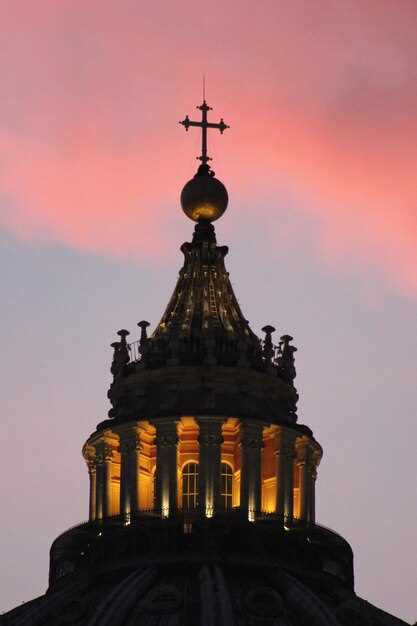 The Cathedral of Christ the Saviour of Moscow – You Will Not Believe Its Story">
The Cathedral of Christ the Saviour of Moscow – You Will Not Believe Its Story">
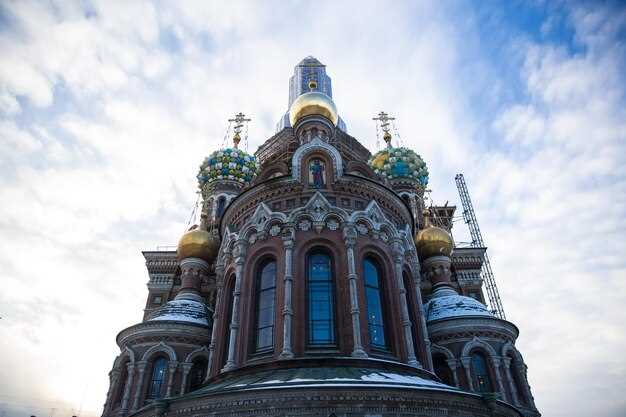
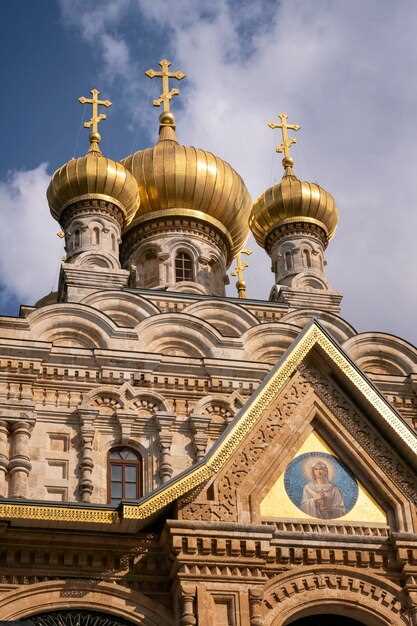
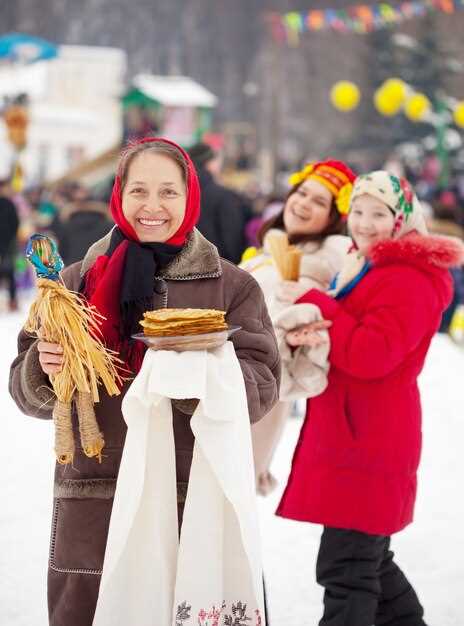 Public Holidays in Russia – A Complete Guide">
Public Holidays in Russia – A Complete Guide">
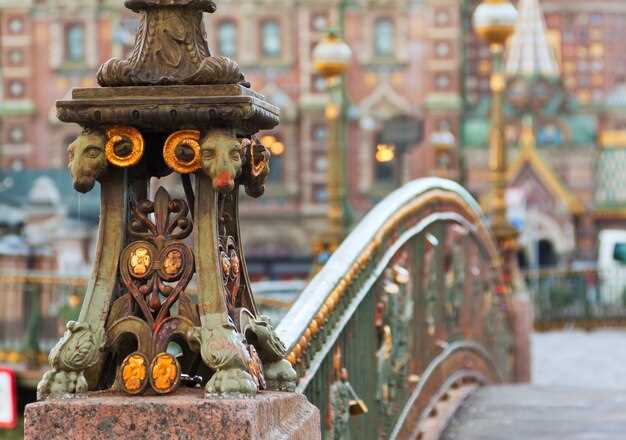 Places to Visit in Moscow – Top Attractions and Landmarks">
Places to Visit in Moscow – Top Attractions and Landmarks">
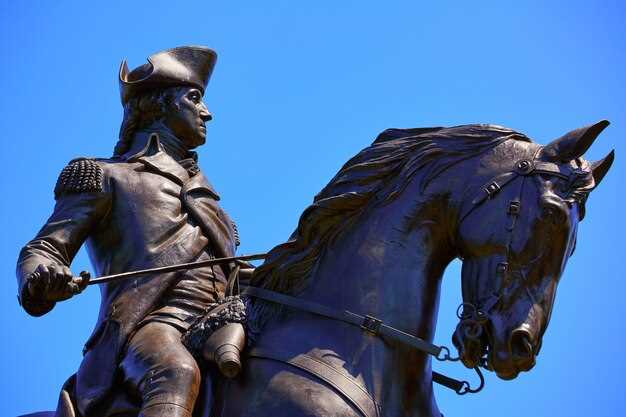 Bronze Horseman – 10 Facts About St Petersburg’s Leading Symbol">
Bronze Horseman – 10 Facts About St Petersburg’s Leading Symbol">
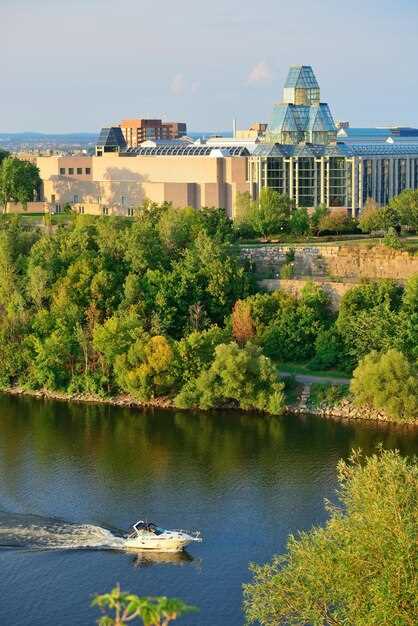 Victory Park – Moscow’s Most Historic Green Space">
Victory Park – Moscow’s Most Historic Green Space">
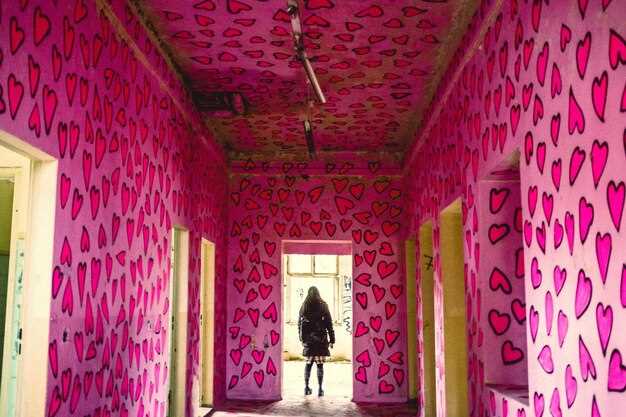 GUM Red-Line Gallery – All Works">
GUM Red-Line Gallery – All Works">
 Top Places to Visit in Moscow – A Guide for First-Time Travellers">
Top Places to Visit in Moscow – A Guide for First-Time Travellers">
 Visa-Free Entry – A Comprehensive Guide to Traveling Without a Visa">
Visa-Free Entry – A Comprehensive Guide to Traveling Without a Visa">
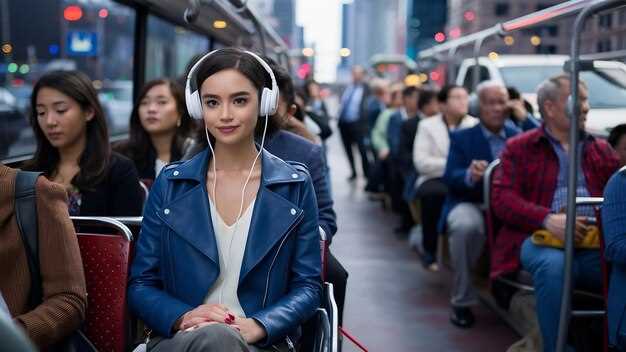 How to Get to Sheremetyevo Airport from Moscow – Fast, Traffic-Free Travel by Aeroexpress Train or Bus">
How to Get to Sheremetyevo Airport from Moscow – Fast, Traffic-Free Travel by Aeroexpress Train or Bus">
 Moscow Transport – How to Buy Tickets for Metro, Buses &">
Moscow Transport – How to Buy Tickets for Metro, Buses &">
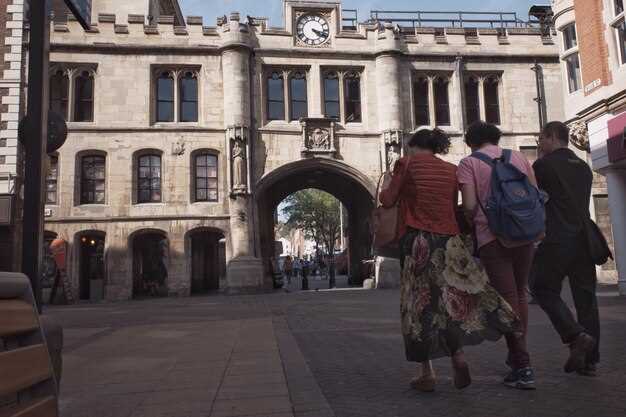 Tverskaya Street and 5 Nizhnyaya Street – Moscow Street Guide">
Tverskaya Street and 5 Nizhnyaya Street – Moscow Street Guide">